
Time to Protect, Not Destroy
At least one-fifth of mammal species found in Malaysia are facing extinction. The one things that all of these species have in common is that human beings are the cause of their path towards extinction.

At least one-fifth of mammal species found in Malaysia are facing extinction. The one things that all of these species have in common is that human beings are the cause of their path towards extinction.

If you think millennials are too busy looking at their phones to care about conservation, you haven’t met these young people. Every year, Birdlife grants funding and support to young people whose new, fresh ideas are changing the way we protect the planet. Learn here about this year’s winners.
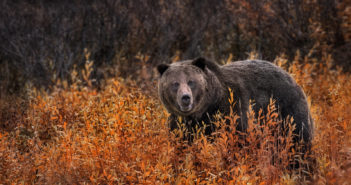
One million species are at risk of extinction due to human activity, UN report says, yet the US administration proposes weakening protections for native species.
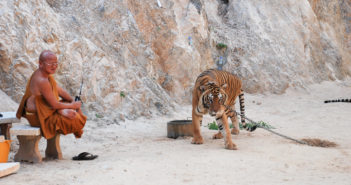
While the chance of encountering such a beautiful animal up close may seem tempting, there are several reasons why you shouldn’t visit these attractions.

Quietly and without public input, the current US administration has effectively gutted the Migratory Bird Treaty Act. After a century of some protection by the US government, migratory birds are on their own.

Australian authorities hope to kill two million feral cats by 2020.
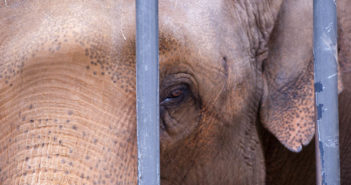
‘Lonely Lammie’ has become the poster animal of South Africa’s struggling captive animals since the death of her partner Kinkel last year. The zoo’s decision flies in the face of worldwide outcry and numerous specialist recommendations.

BirdLife speaks to renowned American author Jonathan Franzen about birds, economics, ethics and the end of the earth.
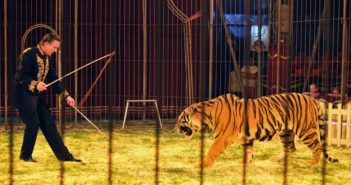
California has shown national leadership by taking on innovative solutions to protect animals. Among the five bills advanced last week were a ban on wild animals in circuses, a ban on trapping fur-bearing animals, and a bill that mandates microchipping animals in shelters.

Will giraffes survive humanity? They are as iconic as lions, rhinos and elephants, and their long-term existence in the wild is under a similar threat. However, the world’s tallest animals get much less public attention and protection.
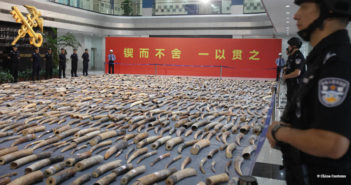
China Customs announced last week the seizure of 2,748 elephant tusks following a major enforcement crackdown. The 7.48 tons of ivory were seized as part of a joint operation in relation to major smuggling cases in the country.
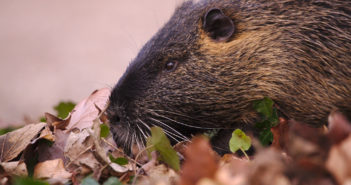
These semiaquatic rodents can reproduce rapidly and cause environmental degradation in habitats where they lack predators, but that doesn’t mean they deserve to be killed. A program in Italy has had great success with surgically sterilizing and releasing them.